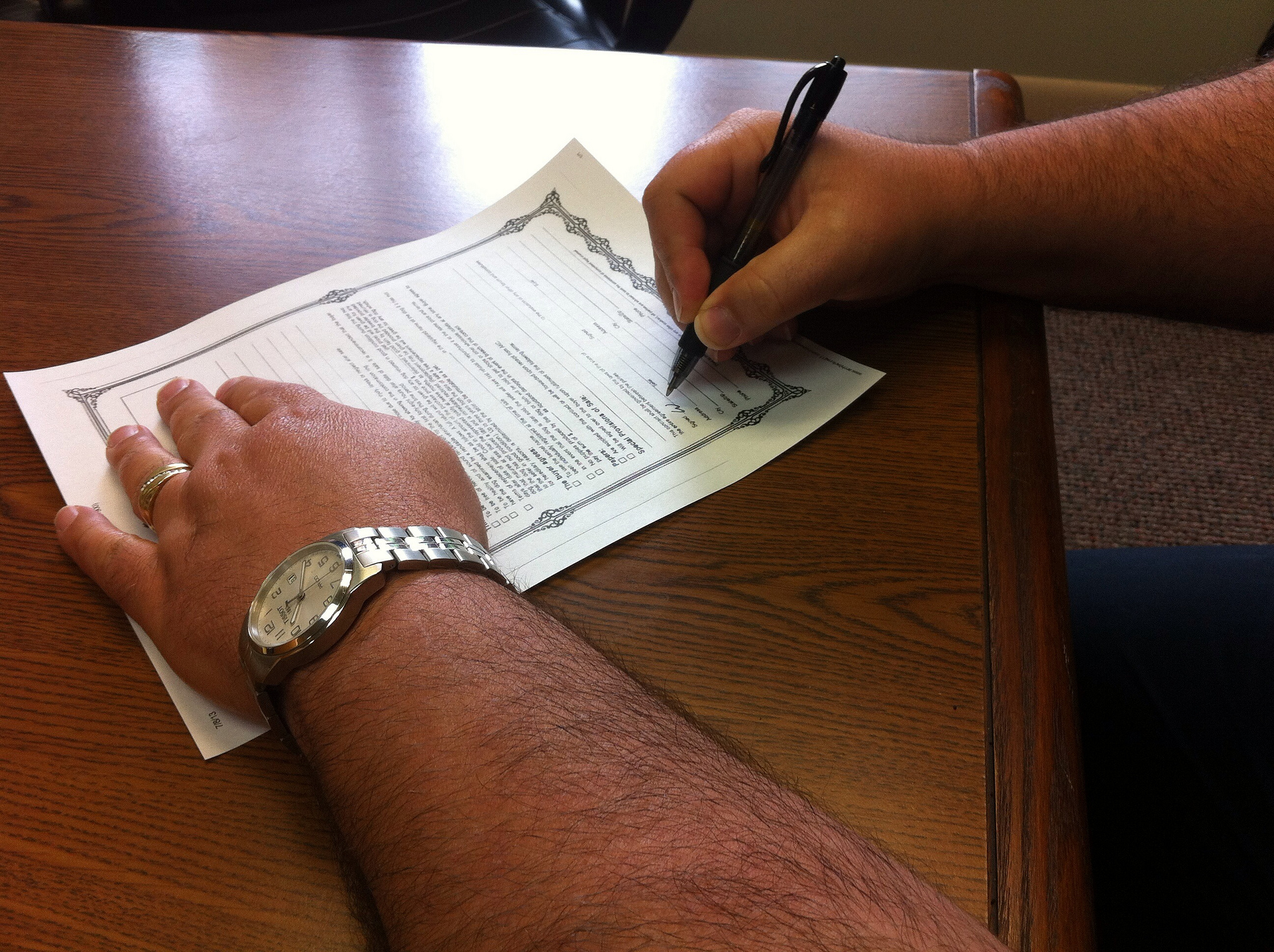When President Obama announced his executive actions on immigration in November, much of the focus was on the new temporary immigration protections, namely the deferred action programs (called DACA and DAPA). Of all of the announced reforms, DACA and DAPA certainly will affect the greatest number of people, with potentially 5 million individuals eligible to apply. But other administrative actions, particularly those directed at improving the way we process immigration benefits, though smaller in reach, have the potential to remove obstacles to obtaining legal permanent status in the United States. Significant among these is the administration’s decision to expand the “provisional waiver” process.
The provisional waiver is intended to address problems created by the three- and 10-year bars and the manner in which waivers typically have been processed. The three- and 10-year bars are grounds of inadmissibility which apply to noncitizens who are unlawfully present in the United States for longer than 180 days. Someone who lived here unlawfully for more than 180 days is barred from being admitted to the United States for three years, and a person who lived here unlawfully for one year or more is barred from being admitted to the United States for 10 years.
Recognizing the severity this penalty creates for those with close family in the United States, Congress created a waiver for the admissibility bar where a person’s absence from the United States would cause “extreme hardship” to a spouse or parent who is a U.S. citizen or lawful permanent resident. As a result, many unauthorized family members of U.S. citizens and lawful permanent residents could become permanent residents themselves if they left the United States, requested and obtained the waiver and then applied for an immigrant visa through a U.S. consulate abroad.
Unfortunately, this process has not worked as it was intended. For one thing, the waiver process is uncertain, since upon departure from the United States, the person has no way of knowing whether and when the waiver and visa application will be approved. Moreover, the process is severely backlogged and can take years, during which time the individual is separated from his or her family in the United States.
In 2013, U.S. Citizenship and Immigration Services (USCIS) adopted regulations allowing spouses, minor children, and parents of U.S. citizens to apply for the waiver from within the United States and then travel abroad for consular processing after USCIS provisionally granted the waiver. These changes significantly reduced the time that family members had to remain outside the country and provided more confidence that they would be able to return. Under the new guidance announced on November 20, USCIS is directed to adopt a new regulation expanding the family members eligible for the provisional waiver process to include adult children of U.S citizens and LPRs and spouses and minor children of LPRs. There is no deadline for the adoption of these new regulations.
Families should not have to fear potentially being separated for years while waiting on waivers and paperwork, so this guidance to begin the waiver process while immigrants are still in the U.S. is a common sense measure to start modernizing how the Department of Homeland Security handles legal immigration cases. But it is only one temporary step in the right direction; a more permanent solution will still have to come from Congress.
Photo by Dan Moyle.
FILED UNDER: executive action, Executive Branch, featured, Immigration waiver, Three and 10-year bars, undocumented immigration, USCIS


